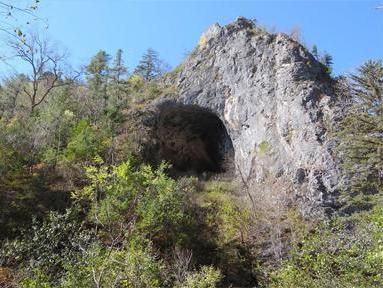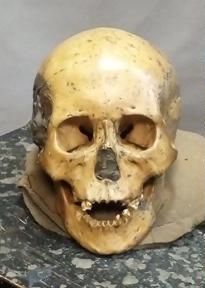Far East Asian DNA Changed Little Over 7,700 Years

As Homo sapiens, and our Neanderthal cousins before us, began spreading around the planet from Africa starting tens of thousands of years ago, the waves of migration led to a mixing of DNA among different human populations in various parts of the world, giving us the diversity of humans today. And once agriculture became a way of life for early Home sapiens about 12,000 years ago, the mixing of DNA sped up drastically.
But there seem to have been some human settlements that largely evaded mixing and mating with other H. sapiens thousands of years ago, their DNA remaining more or less the same to this date as it was then. One such group of people have been identified as the Ulchi, indigenous people who inhabit the Amur Basin area in far east Russia, whose DNA and appearance matches those of people who lived in the region about 7,700 years ago.
An international team of researchers collected DNA samples from two women who lived in the area where Russia borders China and North Korea almost 8,000 years ago. Their bodies were found along with three others in a cave called Chertovy Vorota (Devil’s Gate) in a mountainous coastal area, a site that was first excavated by a Soviet team in 1973.
On examining the DNA, and comparing it with populations of modern ethnic groups, researchers found a high level of “genetic continuity” over the eight millennia. This phenomenon in the Far East is in stark contrast with the genetic makeup of populations in Western Europe, where human DNA from the time we were hunter-gatherers thousands of years ago is very different from modern humans.
“Genetically speaking, the populations across northern East Asia have changed very little for around eight millennia. … Once we accounted for some local intermingling, the Ulchi and the ancient hunter-gatherers appeared to be almost the same population from a genetic point of view, even though there are thousands of years between them,” Andrea Manica from the University of Cambridge in the United Kingdom, the senior author of the study, said in a statement Wednesday.

Apart from the Ulchi, the samples from Devil’s Gate are also closely related to a number of Tungusic-speaking communities in present-day northeast China, as well as to Koreans and Japanese, although to a lesser extent.
“Our work suggests that these groups form a strong genetic lineage descending directly from the early Neolithic hunter-gatherers who inhabited the same region thousands of years previously,” Veronika Siska, also from Cambridge and lead author of the study, said.
The women from 7,700 years ago most likely had “brown eyes and thick, straight hair” and almost certainly had lactose intolerance. However, they probably did not turn red as a reaction to alcohol, the skin reaction now common across the region.
Another important conclusion from the findings is that agriculture was perhaps not introduced to the area by migrating farmers, but instead, developed on its own over time. Likely causes for this were the sheer size of the region and dramatic variations in its climate.
The study, published Wednesday in the journal Science Advances under the title “Genome-wide data from two early Neolithic East Asian individuals dating to 7700 years ago,” also involved researchers from Ulsan National Institute of Science and Technology in Korea, and Trinity College Dublin and University College Dublin in Ireland.
© Copyright IBTimes 2025. All rights reserved.





















